Mt. Kilimanjaro, the highest mountain in Africa, attracts many mountaineers every year who make their way to the top. Of all these climbers, only half actually succeed. To ensure that you do reach that Tanzanian peak, a checklist: here is everything you need to know to climb and conquer Kilimanjaro.
How much does it cost to climb Kilimanjaro?
Average costs
Unfortunately, climbing Mt. Kilimanjaro is not cheap. The costs for a trip to the top vary from two thousand to thirty-five hundred euros. These prices vary from tour operator to tour operator, though not extremely. The longer the route you take, the more it costs. The price also depends on the size of your climbing group. Climbing with more people costs less. The largest expense is the park fees, which are about two hundred euros per day. These fees go towards nature conservation, camping maintenance, and possible rescue operations. In addition, a large portion of the money goes to the guides and porters, who help your climbing group up the mountain. Climbing Kilimanjaro without a guide is not allowed.
Climbing on a budget: is it possible?
Do you think €2000 is too much? It is possible to climb Kilimanjaro with a smaller budget. The best prices can be found on location in the Tanzanian city of Arusha. To stay within budget, you’ll want to book one of the shorter routes; such as the Marangu or Umbwe route. Always check in advance whether the operator has a TALA climbing license. It also doesn’t hurt to check the recent reviews on TripAdvisor. In this way, it is possible to book a tour for less than two thousand euros. Keep in mind that this price will eventually go up; because it is good practice to give the guides a tip of ten percent afterward.
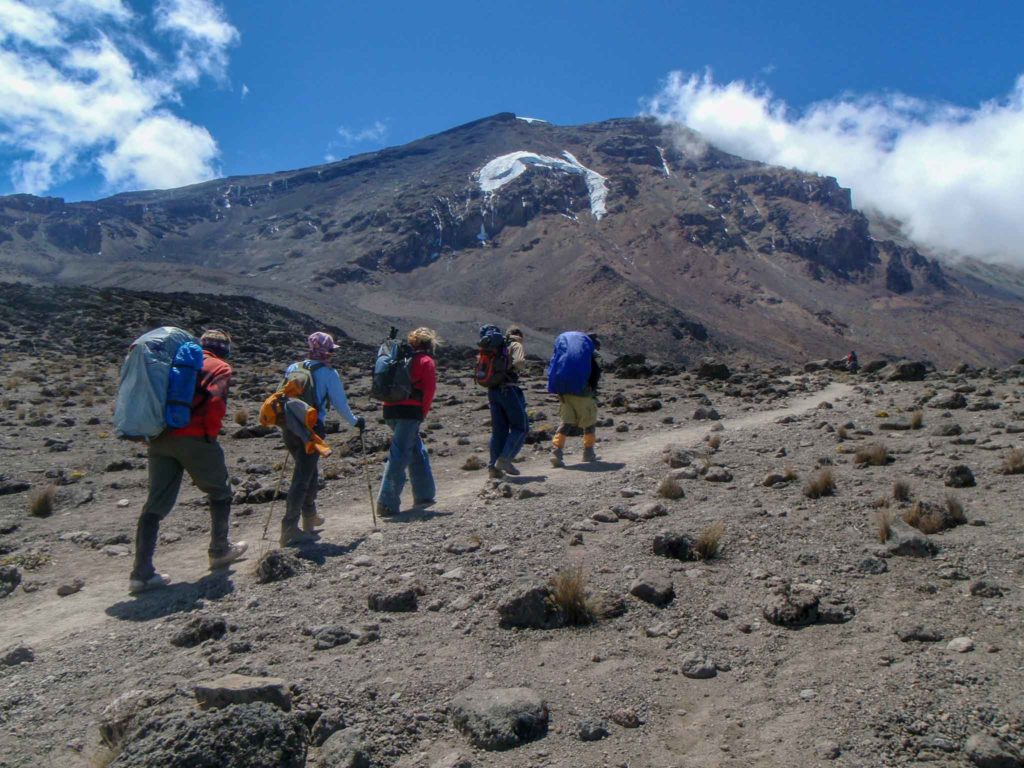
Duration and difficulty of the climb
The duration of your climb depends on the route you take. Shorter routes such as the Marangu or Umbwe route take five to six days, while others such as the Lemosho route take about seven to eight days. The longest climb, The Northern Circuit, has a climbing time of nine days. Apart from the days you are climbing, you will also have to set aside a day before and after for preparations and recovery, respectively. How long you want to climb is best determined by what you want to see and how experienced you are.
Like the duration, the difficulty of the climb depends on the route. You don’t have to be an experienced mountaineer to climb Kilimanjaro. The biggest challenge comes from the altitude sickness that can occur. Shorter routes give your body less time to acclimate and get used to the new altitude. In addition, some routes are steeper or more difficult to navigate than others.
Kilimanjaro Routes
In total there are seven routes that lead to the top. These are: Marangu, Machame, Lemosho, Shira, Rongai, Umbwe, and The Northern Circuit. We cover the most popular ones in detail.
Machame Route
The Machame Route takes about a week and takes six to seven days. The success rate is quite high. Eighty-five percent of the people who start the Machame actually make it to the top. The route, covering sixty-five kilometers, is slightly steeper and more challenging than the others. The acclimatization profile, on the other hand, is very easy and the route has arguably the best views of all. The Machame Route is one of the most popular roads uphill: in high season, you can expect some crowds along the way.
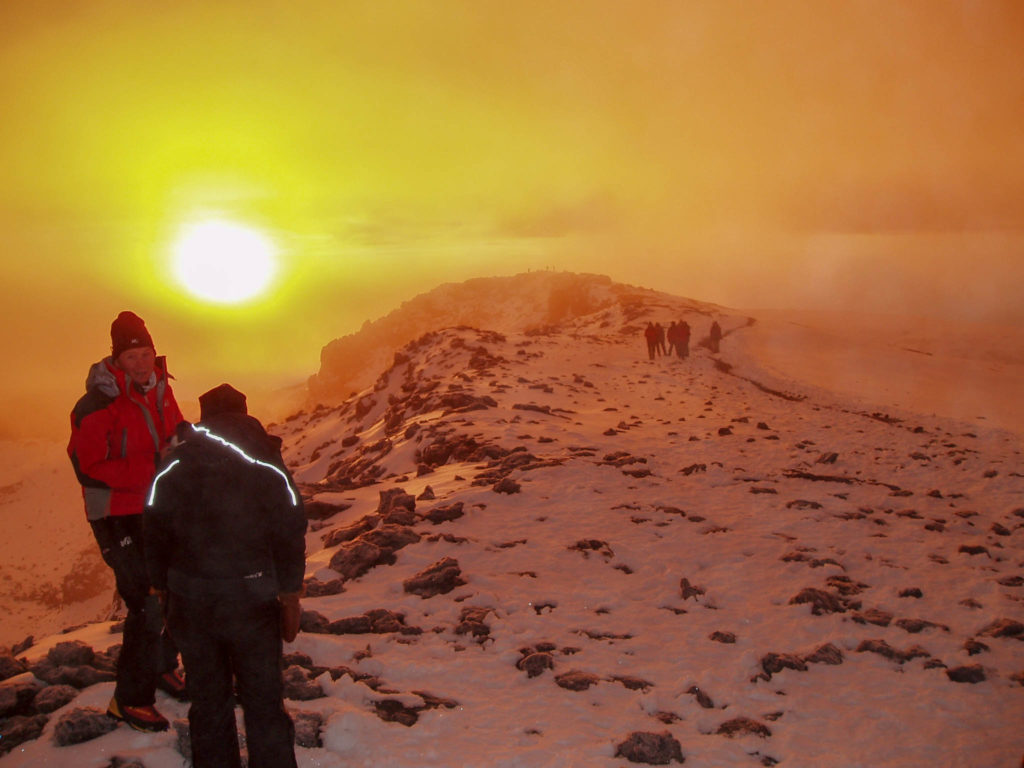
Lemosho Route
The Lemosho Route is similar to the Machame Route. Both routes even share the same road on the last stretch to the top. The difference is that the Lemosho route begins on the west side of Mt. Kilimanjaro, so you start in a rainforest. Here you can spot more animals in the first days of the climb. This route takes seven to eight days and stretches across 58 kilometers. The difficulty is comparable to the Machame route, as is the success rate which is also at eighty-five percent.
Marungu Route
The Marangu Route appears to be the easiest of all routes. It is the only route where you sleep in huts instead of tents. It can also be completed in five to six days. However, the sixty-five percent success rate proves that the road is treacherous. This is mainly due to the rapid increase in height from day to day. This gives your body less time to acclimatize, making altitude sickness more likely to occur. Another disadvantage of the Marangu route is that you follow the same route upwards as you do on your way down. This means you won’t see any new views after you reach the top. If you’re short on time on your trip to Tanzania, the Marangu Route is well worth the effort.
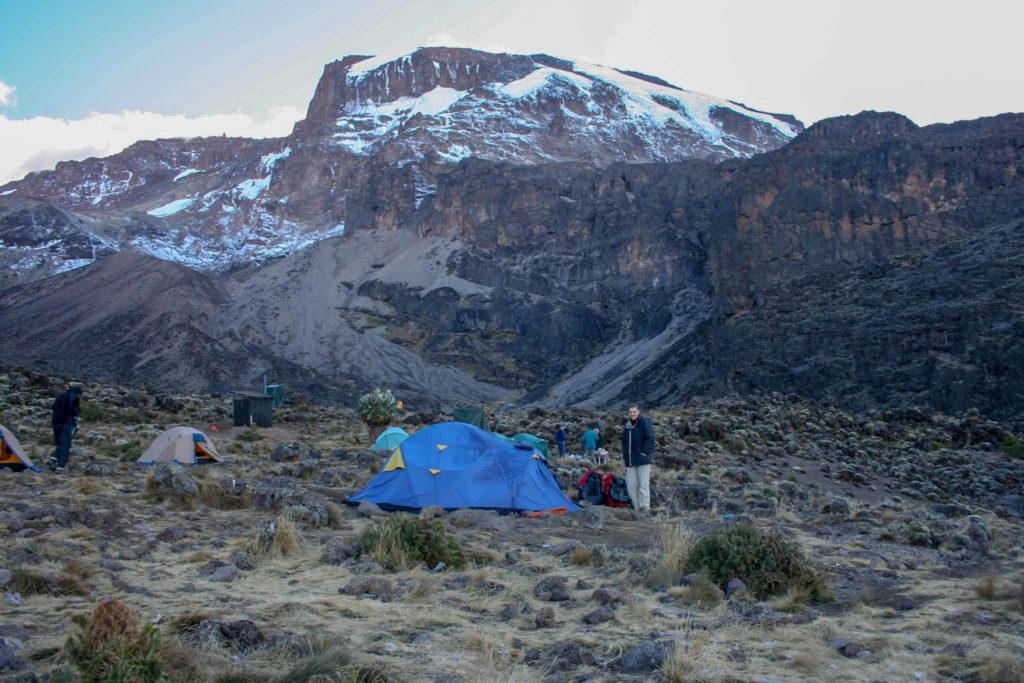
The best climbing tours
In terms of experience, one of the best climbing companies is Climbing Kilimanjaro (also easy to remember). They have decades of experience and excellent customer service. If you want, the company will even pick you up or take you to the airport. As for the climbing, the company prides itself on their guides who will help you up at every step of the way. In terms of the costs of the climbing packages, these conform to the average prices of other companies.
The climbing company with the highest guarantee of success is Thomson Safaris. Ninety-eight percent of their climbers reach the top. Safety is the main pillar of this climbing operator with medically trained and certified climbing guides. This is reflected in the package prices which are slightly above average. But again, the success rate is highest with this company.
Then there is the family-run climbing company Team Kilimanjaro. They have been touring up and down the mountain for twenty years with more than ten thousand successful climbers. The guides consist of teams that climb a lot together and are well attuned to each other. They plan their routes based on your climbing level and experience ranging between advanced, lite, and super lite. Prices are average and dependent on your climbing level.
Kilimanjaro’s climbing seasons: when is the best time?
The Kilimanjaro can be climbed all year round. However, certain climbing seasons are better than others. The best time to conquer the mountain is from January to March or from June to October. The first period is cooler and there may be snow around the summit. From June to October, it is warmer, but there are also more tourists on the mountain. In the other months, it is still possible to climb the mountain. However, the chances of getting wet are greater in those months.
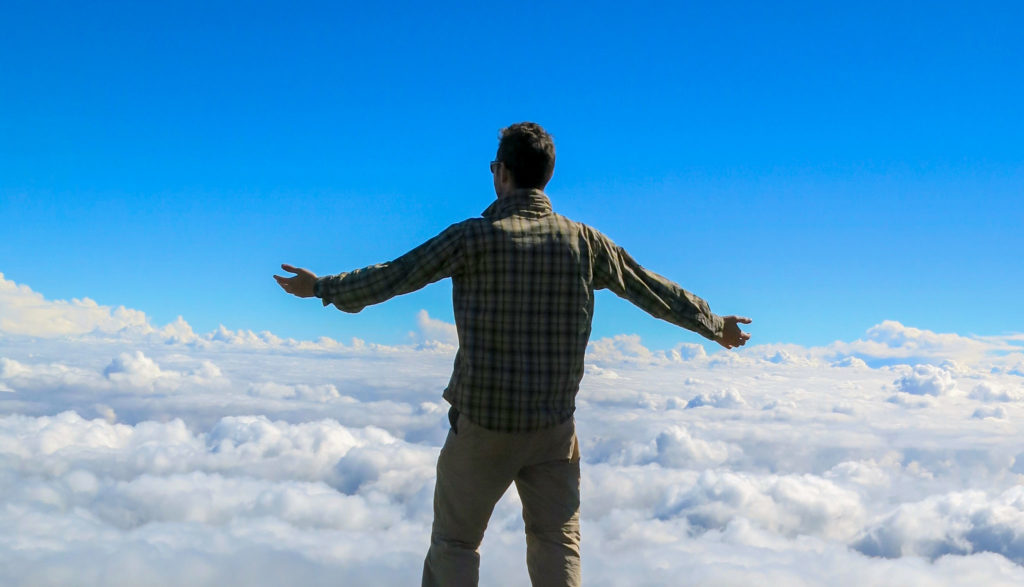
Climb Charity Kilimanjaro
Lastly, there is also a Charity Climb for Kilimanjaro. Here you can have your climb sponsored for a good cause. This is organized by the British company Climb Kilimanjaro for Charity. The longer or more difficult your route is, the more you raise. The proceeds go to The Nasio Trust that helps children in Kenya who live in poverty. The money goes towards improving their living conditions and providing education. This way you can combine your adventure with doing something good for someone else.
Do you want to know why now might be the best time to climb Kilimanjaro? Then check out our story about the melting ice cap of Mt. Kilimanjaro.
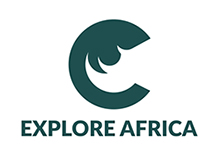
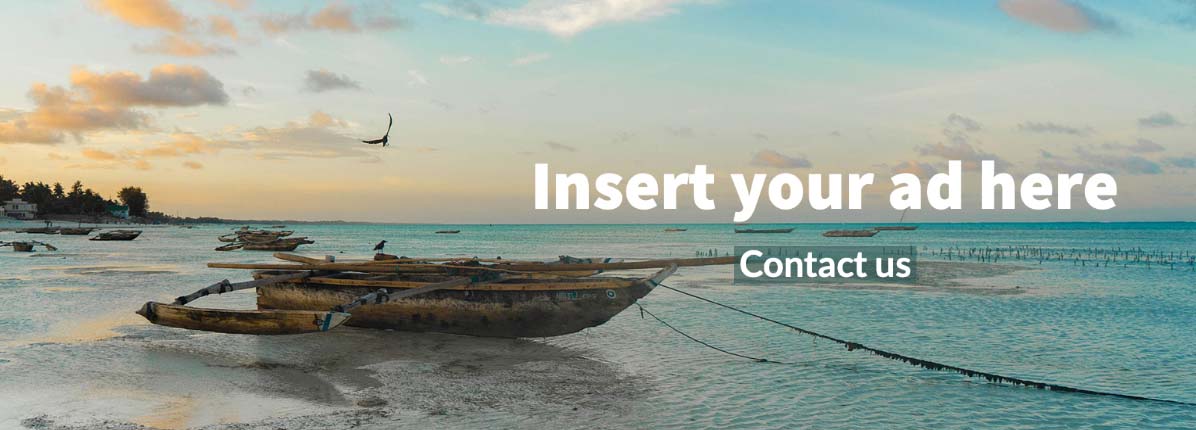
Recent Comments